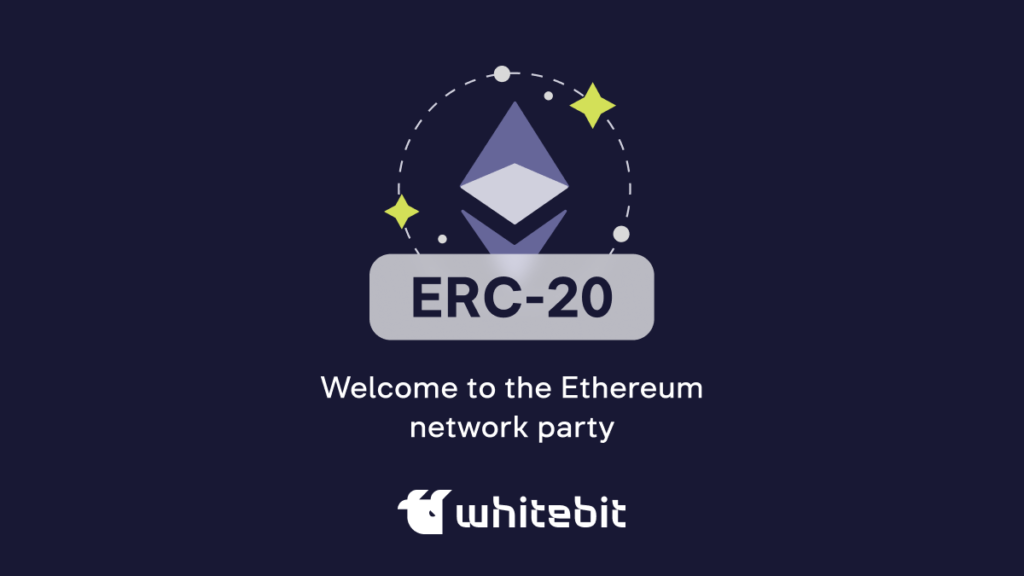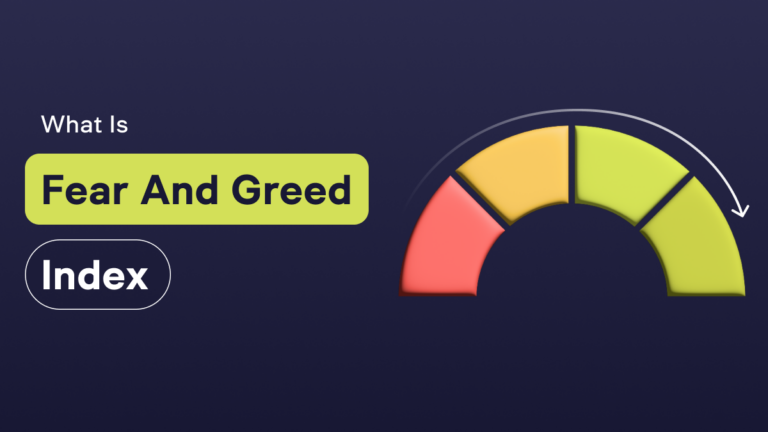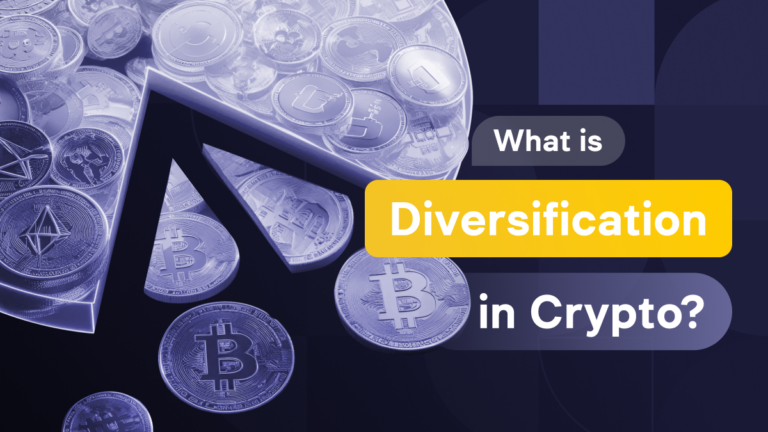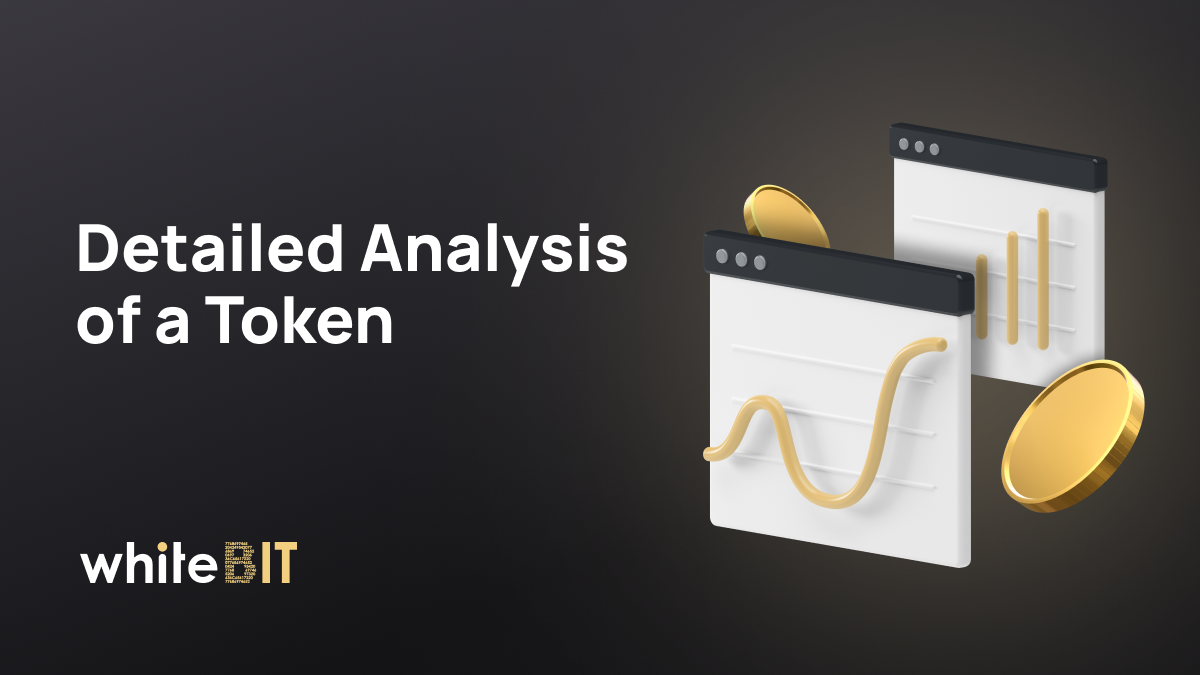Beyond Bitcoin: Navigating the Ethereum ERC-20 Tokens

Content
Imagine a world where contracts can be executed automatically without intermediaries or go-betweens. A world where trust is established through code rather than through legal documents. Yep, that’s the world we live in right now, thanks to the Ethereum blockchain, its native cryptocurrency, ETH, and smart contracts.
What is Ethereum (ETH)?
Ethereum is like the rock star of the crypto industry. It is a decentralized platform that acts like a digital party planner, enabling the creation of smart contracts like digital invitations to an event. It was created in 2013 by Vitalik Buterin and Ethereum has since grown to become the second-largest cryptocurrency by market capitalization.
The network’s native cryptocurrency is called Ether, or ETH for short. It is used to pay for transactions and computational services on the network — like paying for the band, the caterer, and the decorations for the party. Ethereum’s blockchain technology is more advanced than Bitcoin’s and allows for greater flexibility and potential use cases.
Ethereum’s smart contract functionality enables developers to create and execute complex contracts on the blockchain, making it a powerful tool and standard for businesses and organizations across various industries.
What is gas on Ethereum?
“Gas” in Ethereum is a term used to describe the fees required to conduct transactions and execute smart contracts on the Ethereum network. It is measured in units called Gwei. Gas is paid in ETH, and the amount needed for a specific action is determined by the current price, which fluctuates depending on supply and demand.
The greater the volume and computational effort to perform operations, the more gas it will require. You can track the average gas price in the Ethereum network using the Ethereum Gas Tracker.
What are ERC-20 tokens?
ERC-20 is a technical standard for token issuance and management on the Ethereum network. ERC stands for Ethereum Request for Comment, and 20 is the number assigned to this specific proposal.
The ERC-20 standard defines a set of rules that all tokens issued on the Ethereum blockchain must follow, including how the tokens are transferred, how data within the tokens is accessed, and how token balances can be queried. These rules provide a common framework for developing smart contracts that can be used to create and manage tokens on the Ethereum blockchain.
ERC-20 tokens are digital assets built on top of the Ethereum blockchain, which can represent a wide variety of assets, such as digital currencies, utility tokens, and security tokens. Anyone can create them, and they are often used to raise funds through initial coin offerings (ICOs) or to represent assets in decentralized finance (DeFi) applications. They can be traded on various cryptocurrency exchanges and can also be used to access decentralized applications (dApps) built on the Ethereum blockchain.
Because of the ERC-20 standard, ERC-20 tokens are all compatible.
What are the properties of ERC-20 tokens?
The ERC-20 standard defines a set of properties that all tokens issued on the Ethereum blockchain must have, including:
- “totalSupply” determines the total number of tokens that will be issued;
- “name” defines the name of the token;
- “symbol” defines the symbol or ticker of the token;
- “balanceOf” determines the initial number of tokens assigned to a specific address;
- “transfer” transfers tokens from one address to another;
- “approve” checks if the smart contract can distribute tokens;
- “allowance” allows checking the balance to send tokens to another address.
By adhering to these properties, ERC-20 tokens are compatible with each other, meaning that they can be easily transferred and exchanged on the Ethereum blockchain. They can also be stored in any wallet that supports the Ethereum blockchain.
How to store ERC-20 tokens?
To store ERC-20 tokens, you can follow these steps:
- Set up a wallet. To store ERC-20 tokens, you will need a crypto wallet that supports the ERC-20 standard. Some popular options include MyEtherWallet, MetaMask, and Trezor.
- Find a cryptocurrency exchange. To buy ETH or ERC-20 tokens, you will need to find a reliable cryptocurrency exchange, WhiteBIT.
- Register and pass KYC. Once you have found an exchange, you will need to register and verify your account to buy any digital assets, including ERC-20 tokens.
- Make a deposit. After your account is verified, you can deposit to the exchange.
- Buy ERC-20 tokens. Once you have deposited, you can use it to buy ERC-20 tokens. You can navigate to the trading pair and place a buy order.
Which cryptocurrencies are based on the ERC-20 standard?
Many prevalent cryptocurrencies are based on the ERC-20 standard, including:
- Chainlink (LINK)
- Uniswap (UNI)
- Maker (MKR)
- Compound (COMP)
- Aave (AAVE)
- Wrapped Bitcoin (WBTC)
- OmiseGO (OMG)
- Basic Attention Token (BAT)
- 0x (ZRX)
This is just a small list, and many more cryptocurrencies are based on the ERC-20 standard. Most of the above-listed assets can be found on WhiteBIT. ERC-20 has become a popular standard for token development due to several reasons. So let’s have a closer look.
What are the advantages and disadvantages of ERC-20 tokens?
Advantages of ERC-20 Tokens
Compatibility
The ERC-20 standard is compatible with the Ethereum ecosystem, meaning that ERC-20 tokens can be easily transferred and exchanged on the Ethereum blockchain and stored in any wallet that supports the Ethereum blockchain.
Ease of implementation
The ERC-20 standard is a widely used standard, which makes it easier to create new tokens. The standard defines a set of properties and functions that must be implemented, streamlining the development process and reducing the risk of bugs and vulnerabilities.
Widespread support
The ERC-20 standard has become very popular, and many exchanges, wallets, and other Ethereum-based platforms support it. It means ERC-20 tokens have a significant potential user base and can be easily traded and used on various platforms.
Security
The Ethereum blockchain is one of the most secure and well-established blockchains, which makes it an attractive platform for token creation. The ERC-20 standard also provides a standard set of functions and events which can reduce the risk of security vulnerabilities.
In summary, the ERC-20 standard offers a combination of compatibility, ease of implementation, widespread support, and security, which makes it an attractive option for cryptocurrency developers.
Disadvantages of ERC-20 Tokens
Scalability
Previously, Ethereum, like most networks running on the power-hungry Proof-of-Work (POW) algorithm, faced scalability issues. That is, processing transactions took a lot of time due to network overload.
One of the solutions to improve throughput, security, and stability was to upgrade the network to Ethereum 2.0 and switch to the Proof-of-Stake (POS) algorithm. However, it may take some time and ongoing development work to fully realize this upgrade’s benefits to address the network’s current and future challenges.
Dependency on Ethereum
ERC-20 tokens depend on the Ethereum blockchain and its ecosystem, meaning that if there is a problem with the Ethereum blockchain, it can affect the value and functionality of ERC-20 tokens.
Lack of customization
The ERC-20 standard provides a standard set of functions and events, which can limit the customization options for token creators.
In summary, the ERC-20 standard offers a combination of compatibility, widespread support, standardization, and security. Still, it also has some limitations, such as scalability issues and a dependency on the Ethereum blockchain.
What other Ethereum standards are there?
Think of Ethereum standards as the fancy dress code — there’s always a new and exciting one popping up to keep things fresh and exciting! Besides the popular ERC-20, we’ve got the trendy ERC-721 for non-fungible token (NFT) showstoppers, the versatile ERC-1155 that can do both fungible and non-fungible tokens with ease, the upgraded ERC-777 with added security features, the sophisticated ERC-884 for those asset-representing tokens, and the innovative ERC-998 that allows tokens to mix and mingle in all sorts of exciting combinations. The blockchain world never stops evolving, and neither do its standards!
So, if you’re looking to join the party, ETH is the ticket you need to get in. It’s not just a digital asset. It’s a gateway to a whole new world of possibilities. Grab your dancing shoes and get ready to experience the future of technology.








